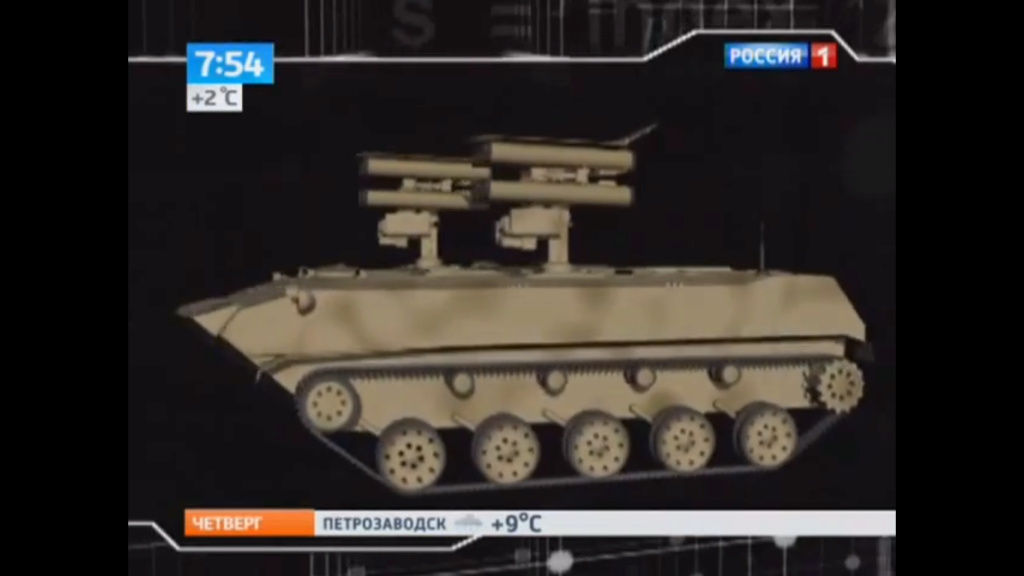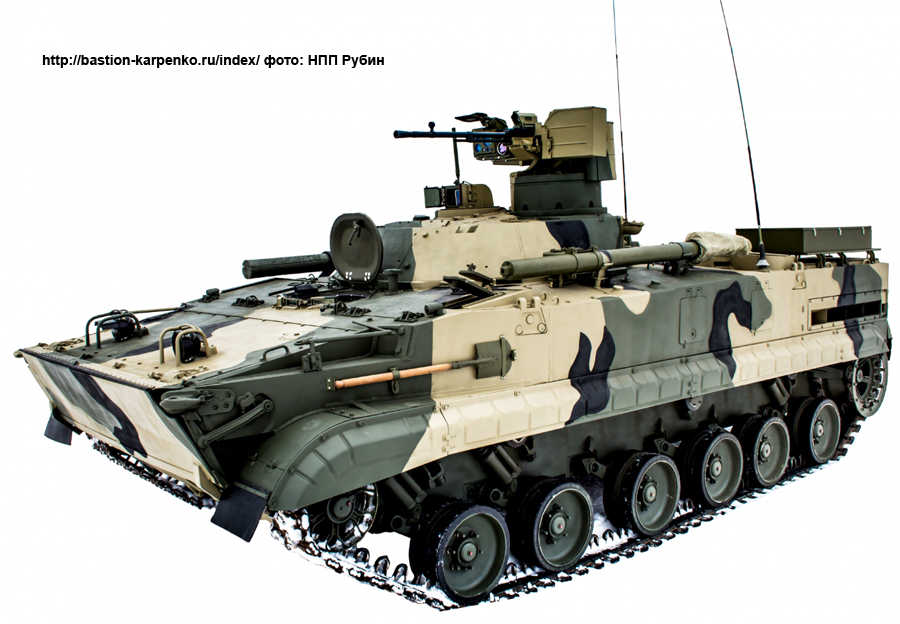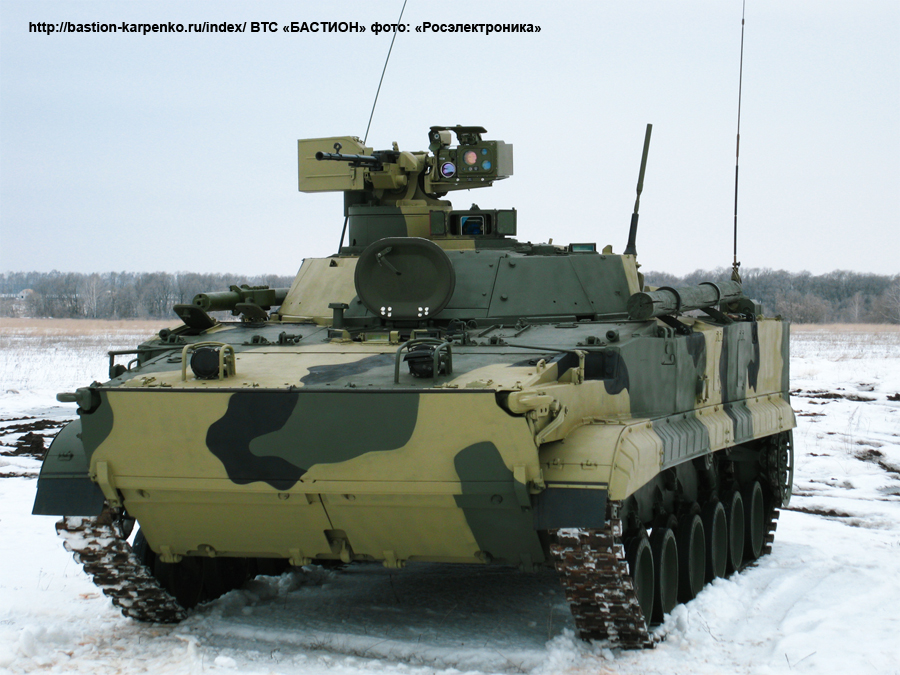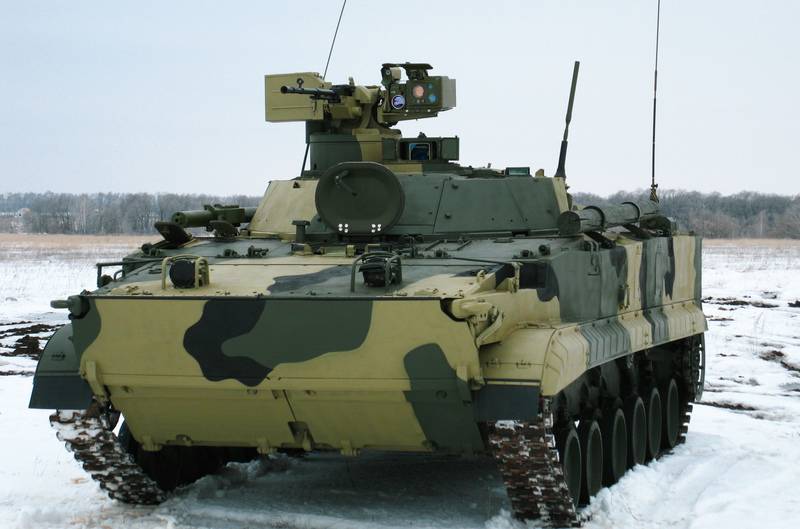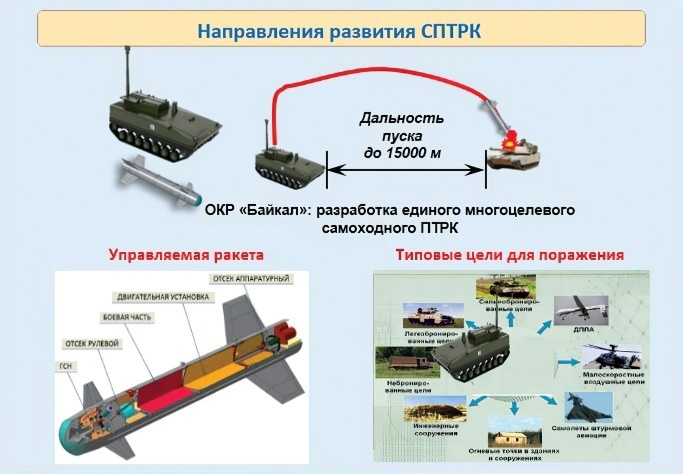Nothing is stopping NATO from buying such systems en masse, or designing their own APS that can destroy kornet.
True, but not much point in countering systems that are not adopted. Performance should be looked at and counters evaluated and developed, but don't rush to implement counters to systems that don't make it to service... unless they are cheaper and make the system better anyway.
Except the same could be said for conventional HEAT ATGMs being easily detectable by thermals, but they're not.
In a conflict zone there are going to be all sorts of things flying in all sorts of direction... just being able to see a missile in flight is not good enough if you can't do anything about it. Most of the videos showing TOW launches of missiles at Syria armour really show that even a very slow missile like TOW does not give a lot of time to detect the incoming missile and then to actually do something other than perhaps take cover. I have not seen a video where the crew of the tank instantly detect the launch and reverse the tank behind cover... even a huge IR plume of a launch you need a few seconds to realise what it is... and then a few more seconds to work out is it coming for me and my position... and by then it is well on its way and that assumes you are looking in the right direction at launch... if you are not you wont see the huge plume of the launch of the rocket just the tiny glow of the sustainer half obscured by the missile itself as it heads towards you.
Even slow missiles like TOW are still actually rather fast a difficult to track.
Its range means you have to keep an eye out at a circle of terrain of about 4km which is a huge volume of space to keep under surveillance with a thermal imager whose zoomed in image might cover 20 metres by 20 metres at max zoom... as an Apache Pilot once described his thermal occular for night flying as trying to fly while looking at the world through a straw... you have to keep sweeping side to side to see a decent volume of airspace ahead to avoid getting tunnel vision.
In comparison for the attacker your tank has probably been sitting there half the day and most of the locals will have told you exactly where it was... you could take a few hours looking for a launch position where the tank is visible through gaps in buildings or trees so the only enemy likely to have direct line of sight on your position will be the target tank.... put a blanket over the missile and launcher and raise it into line of sight... then when the turret is not pointing at your position drop the blanket and fire the missile.
But obviously now Syrian Army drones should start looking for blankets being hung up around the place to find ATGM teams...
If destroying tanks further than the tanks can shoot(pot shotting) couldn't be done, then why do ATGMs with more than 2km range exist? The way you're describing that Russian ATGMs should be used is how the javelin is used, but that way is rightfully criticized because this exposes ATGM crews to return fire.
The enormous advantage of long range SAMs like Kornet and Krisantema is they tend to be rather fast so the time you need for guiding the weapons is shorter, and also the missiles are harder to spot... less alert enemies are more vulnerable... and making them have to search a circle of 8km radius just makes everything that much harder. Increase the radius of a circle by 1/3rd and you triple the volume of the circle... so increasing the size of a circle by 3/3rds is very much increasing the volume of space to be carefully scanned for threats....
Btw what do you think of this video?
Interesting. Perforated steel plates is not about deflecting shots with the holes... most penetrators are destabilised when they hit the armour... whether there are holes in it or not... the purpose of the holes is simply to make the sheet of metal lighter.
On the BMP-2 an extra layer of armour was added to stop 50 cal HMG rounds from the sides... if they just took the extra layer and bolted it on to the existing layer it probably would not have stopped the rounds as reliably... say the armour was 20mm plus 15mm... putting them together you still might have gotten spall with impacts that almost penetrate. By placing the 15mm plate 35cm away from the hull armour the 50 cal rounds will easily penetrate the 15mm but the penetrators will yaw and hit the inner plate on an angle which will damage the penetrator and reduce penetrator to where it wont penetrate the second plate.
A better example is in space... imagine you are trying to armour a satellite, but weight is critical... so you start with a 5mm sheet of aluminium. A 1 gramme paint chip or micro meteoroid moving at 10km per second or faster will blow through a sheet of aluminium 20-30mm thick so that 5mm sheet has no chance, and 30mm thick aluminium sheets covering an entire satellite is just too heavy... so they use a spaced plate... two plates... one 2.5mm thick and the second 2.5mm thick that is 40cm away. When the micro meteoroid hits the outer plate at say 20km/s both the meteoroid and the piece of the metal plate impacted is completely vapourised, so while it is still travelling fast it suddenly has very little mass so the second 2.5mm plate stops it easily.
There is a proposed armour that uses enormous voltages where the outer armour plate is one charged plate and in inner plate is charged too with tens of millions of volts... a penetrator... whether it is a steel rod or a beam of plasma from a HEAT charge closes the circuit and is vapourised in the electrical discharge rendering its penetration performance nulled.... while the plates charge up again...
The options for armour are enormous... this game will not end...
Metal foam is a bit like an armour the Soviets tested and used which consisted of metal balls of a specific metal type that were designed to move with the penetrator... but rather than just be shoved aside like homogeneous armour the interaction with the other balls mean as the penetrate penetrated into the ball pit the reflecting impact force of the penetrator pushed the balls around and introduced side thrusting forces to the sides of the penetrator itself shearing off the penetrator tip and yawing the pieces and dispersing them inside the armour.
Other variations include moving layers that shear on impact and also cut the penetrator into pieces where with the tip gone the energy of the penetrator then has to go into reforging a sharpened tip which of course dramatically reduces its penetration performance.
BTW GarryB compared kinetic kill ATGMs to artillery anti tank cluster munitions. This is INCORRECT. The latter is an artillery munition, not launched from tanks or tank destroyers. Kinetic kill ATGMs are comparable to HEAT ATGMs.
Can you be clear what you mean by kinetic kill ATGMs? I would take kinetic kill to mean APFSDS type solid penetrators which I don't normally associate with ATGMs which tend to use chemical or explosive HEAT warheads.
The main difference is that APFSDS use hard metals to penetrate using kinetic energy, while chemical or explosive HEAT warheads tend to use soft metals to add mass to explosively formed penetrators which use heat and velocity with added mass of molten metals to penetrate.
Having watched a bit more of the vid the electric armour is not just for HEAT rounds... it is expected to also effect kinetic penetrators too.
Also he says ERA is dangerous to troops... it is not. The fragments from a APFSDS penetrator sprayed around on impact would be vastly more dangerous as would the explosion of the HEAT round... the ERA block normally contains the entire explosion of the ERA block inside it... since its first development they have used less and less explosive in ERA blocks with each improvement... to the point where current models are called NERA... NON explosive reactive armour.
ERA tiles don't set off ERA tiles next to them and are not dangerous to anyone nearby, though the exploding HEAT missile might injure people.
He says it never hurts to minimise risk... ERA = zero risk to infantry. APS systems on the other hand do pose a risk... systems like ARENA direct their munitions upwards and spray fragments down at the ground to limit the radius of danger to friendly troops. The munitions can actually be launched manually by the commander if enemy troops approach his tank. The radius is about 40m so outside you are safe... but a tank can suddenly drive in your direction without warning and older ones will have no idea you are there so troops standing next to tanks is a dumb idea anyway. Firing the main gun creates a large volume of death all around the muzzle that you really don't want to be anywhere near either.
His talk of wasting electricity is interesting... does he not realise that this system wont be using a 12 volt battery... the EM armour takes enormous amounts of electricity to work which means banks of capacitors storing charge.... but also that with the circuit incomplete it is not USING any electricity at all. When a penetrator completes the circuit an enormous volume of current is applied to the penetrator and then electricity can be said to be used up, but in standby it wont be using much at all... except for losses to inefficient storage...
You want systems to be detecting incoming threats anyway... the solution is everything... ceramic smart NERA base armour with ERA on top and then some spaced added armour with EM armour as well as APS systems and SHTORA like jammers and smoke and laser dazzlers or DIRCMS and then some cage armour outside that...
So then he starts talking about using more than one armour strategy... he even mentions the Armata... the funny thing is he mentions American tanks in regard with EM technology when it is the Brits that pretty much developed most of that idea... in the 1990s...
He talks about this armour here and that armour there... why not all armours everywhere?
The Armoured foam will be lighter than homogeneous armour so you could use it most places... but with unmanned turrets the turret armour can be dramatically reduced saving enormous amounts of weight.
The guy does not bag eastern armour but it is clear he has not studied eastern armour either because they are already ahead of the west and him.
The vast majority of NATO militaries couldn't even afford to maintain their cold war legacy vehicle fleets, let alone pay for their replacements in non-trivial numbers
And once they get deliveries of their F-35s they will have even less money available for such things....

Even the US with its insane excesses for a military budget can only afford equipping what amounts to a small fraction of its tank force with Trophy, which is relatively cheaper and simpler than Iron Fist and thus easier to adopt.
To be fair the only adoption of APS system in the Soviet Union and Russia was on T-55s with Drozd in Afghanistan by their naval forces...
Lots of other systems tested but not adopted.
There's a reason why tanks are still considered the best counter to other tanks.
Only in attack, and usually assuming you have air superiority.
We saw that ATGM are most effective when used against light vehicles or infantry.
Tanks alone won'y go anywhere and will mostly be attacked with drones or aviation from the top
An enemy with a good supply of AT rockets and guided missiles should be able to blunt most attacks, but mobility often means such strongpoints could be bypassed and hammered with artillery before the next attempt.
As far as I know there is still no APS that can defend from the top.
ARENA was criticised for not stopping diving top attack missiles like Javelin and Copperhead... it could already defeat overflying weapons like Bill 2.
The upgrades of ARENA should have resolved the problem and the new systems for the new generation vehicles STANDARD and AFGHANIT should be able to intercept diving top attack munitions too.
Actually TOR should be able to intercept such threats too... more so copperhead because of its flight time but Javelin is pretty slow and could be engaged with Igla-S systems or Verba within reason... ie the enemy starts launching several Javelin then some could be intercepted with Igla-S and Verba... they might not be prepared for the first launch...



 lyle6
lyle6
